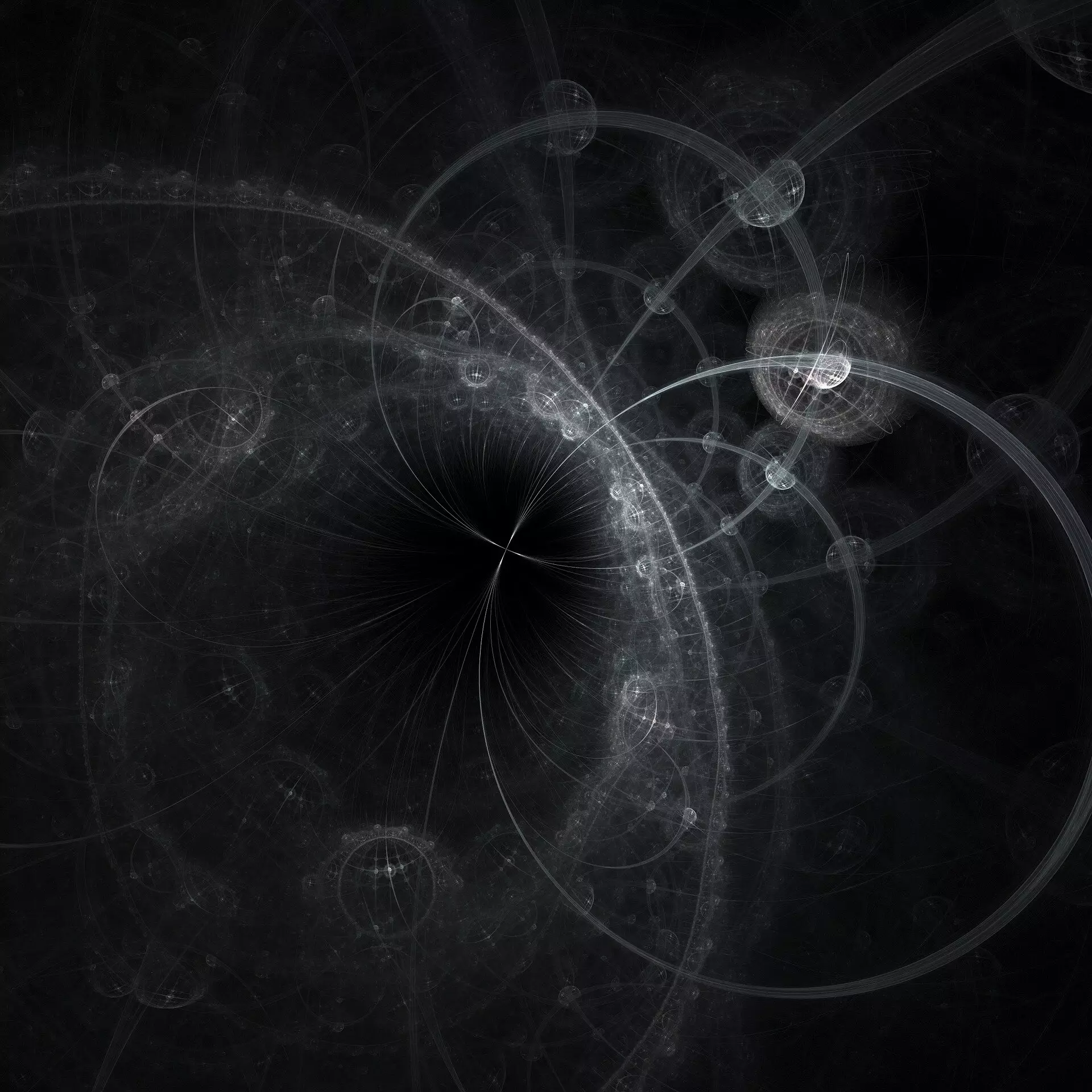The field of particle physics has long been immersed in probing the smallest components of our universe, turning their focus to the fundamental building blocks that govern interactions among matter. Recently, scientists at CERN have unveiled a pioneering discovery concerning the ultra-rare decay of the charged kaon into a charged pion and a neutrino-antineutrino pair (K+ → π+νν̅). This significant finding by the NA62 collaboration stands not only as a testament to rigorous scientific effort but also as a potential harbinger of physics beyond the Standard Model (SM).
The Significance of Kaon Decay
Kaons, or K mesons, are intriguing particles that have been a focal point of study in particle physics due to their unique properties. The specific decay process investigated by the NA62 collaboration is considered to occur less than once in 10 billion kaons, making it an exceptionally rare event. The research team has positioned itself to explore these events by meticulously designing the NA62 experiment to capture such elusive phenomena. The successful observation of this decay marks it as the rarest established decay at a “discovery level,” a term that denotes finding significant evidence within the realm of statistical physics.
Through this recent observation, scientists like Professor Cristina Lazzeroni from the University of Birmingham emphasize the collaborative spirit and technical expertise required for such an arduous task. Not only does this measurement contribute to validating the predictions of the SM, but it may also serve as a window into realms of physics yet to be understood.
The methodology utilized in the NA62 experiment is robust and thoroughly constructed. High-intensity proton beams collide with stationary targets to produce kaons, which are then filtered at astonishing rates—approximately a billion particles per second, 6% of which are kaons. The experimental setup is equipped with advanced detectors capable of identifying and measuring kaons and their decay products, apart from the elusive neutrinos that manifest as unaccounted energy.
An essential aspect of the recent findings stemmed from advancements made during a comprehensive upgrade of the experiment’s configuration in 2021-2022. Enhancements led to a 30% increase in beam intensity as well as the inclusion of refined detection techniques. These innovations not only facilitated the observation of signal candidates at a higher frequency but also bolstered the experiment’s capacity to minimize background noise, allowing clearer insights into this rare decay.
The success of the NA62 collaboration is inherently a collective triumph. Many institutions, including universities like Birmingham and Florence, played pivotal roles in the development and execution of this experiment. With a history dating back more than a decade, team leaders such as Professor Evgueni Goudzovski have focused on mentoring early-career scientists, ensuring a dynamic flow of ideas and talent through the project. This emphasis on collaboration reflects a deeper understanding that groundbreaking discoveries are often a reflection of communal expertise rather than individual accomplishments.
Looking Ahead: Implications for Future Research
The implications of this observation extend far beyond just the rarity of the K+ decay process. As scientists delve into the details of the 2021-2022 dataset along with prior experiments, the findings yield potential insights into new physics—an area that tantalizes theorists who question the completeness of the current framework. The measured decay of kaons into pions and neutrinos suggests excitations at probabilities nearly aligning with theoretical expectations, only marginally exceeding them. This raises the possibility that undetected particles or unknown interactions could be influencing these processes.
With the NA62 experiment poised to continue collecting data in the coming years, researchers remain optimistic about verifying or refuting the presence of new physics phenomena in particle decay. As they pursue more conclusive evidence, this groundbreaking discovery portrays not just an achievement in particle physics but invites contemplation on the broader mysteries of the universe—propelling the search for answers deeper into the atomic wilderness.
The recent development surrounding the ultra-rare decay of charged kaons at CERN signifies a noteworthy leap in our understanding of particle interactions. As the NA62 collaboration continues to peel back the layers surrounding this discovery, the potential for novel physics beckons—promising to either validate existing theories or push the boundaries of what is considered known in the realm of particle physics. Through rigorous experimentation and collaboration, the future of this field remains bright, with intriguing questions awaiting resolution.

